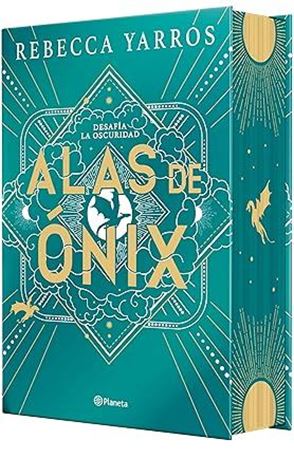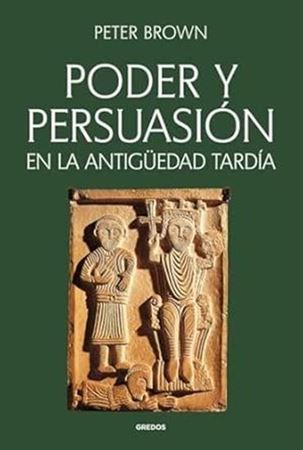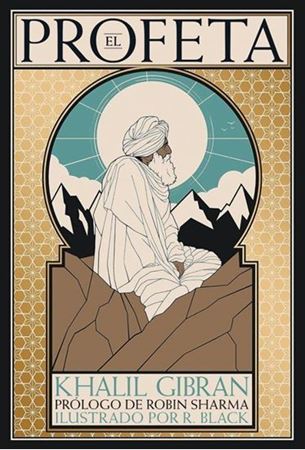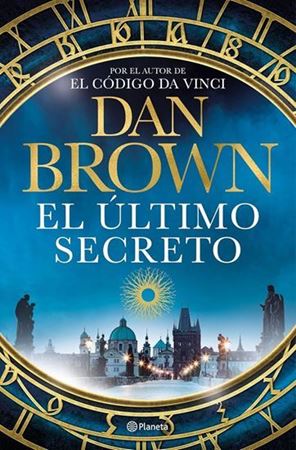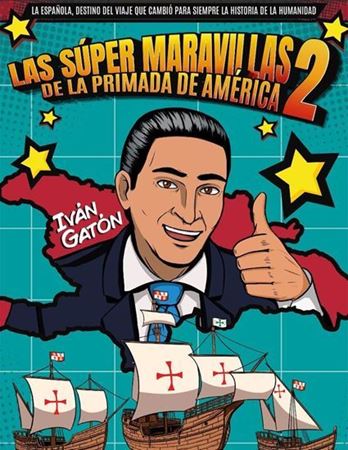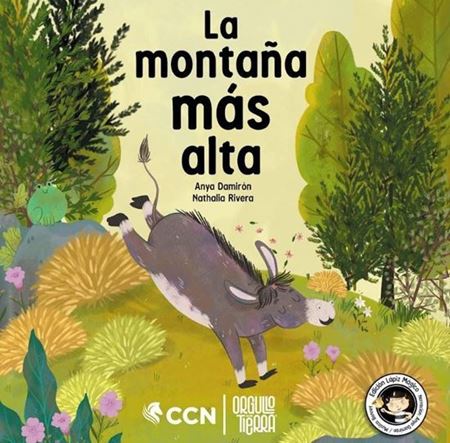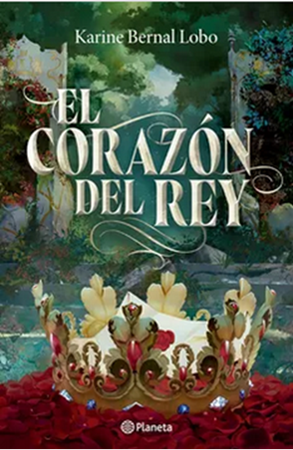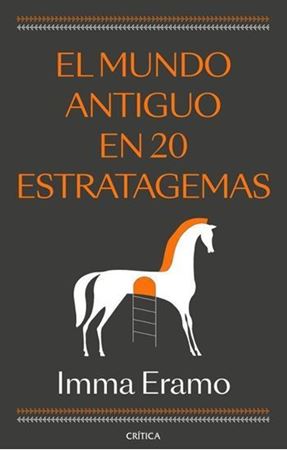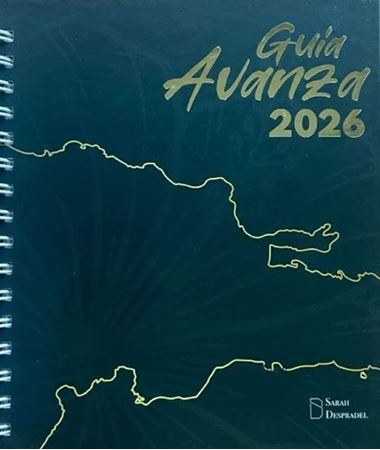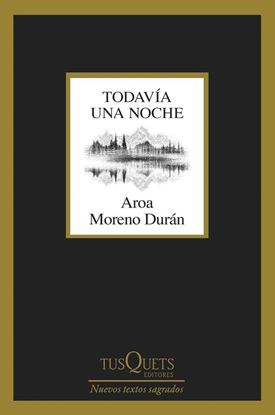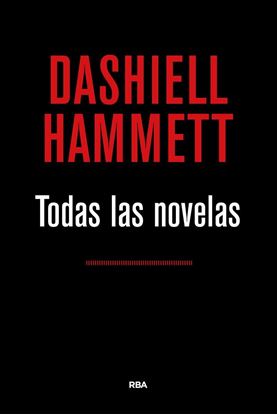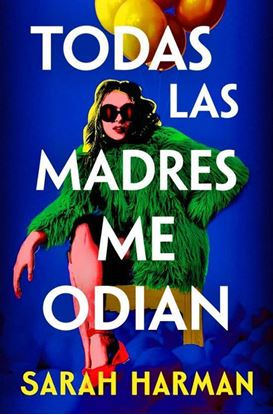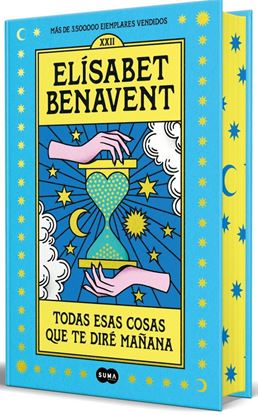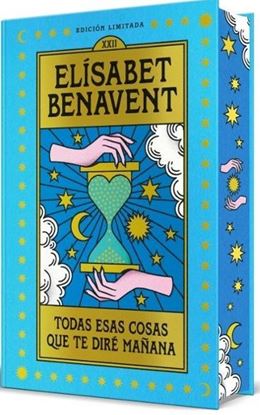

NOVEDADES
TODAVIA UNA NOCHE
Estos poemas están escritos entre los años 2014 y 2022, en tres golpes de escritura que se extendieron a lo largo de uno o dos meses en cada caso. Quizá pueda parecer poca producción para ese intervalo de tiempo, pero como Aroa Moreno dice en el prólogo, «nunca he forzado a la poesía». Son treinta y dos poemas que tienden la mano al lector, y dan cuenta de fragmentos de la vida de una mujer que ya ha cumplido con alegría cuarenta y dos años.
Se trata de poemas que mantienen un diálogo con algunas ideas que alguna vez la autora se susurró a sí misma, que atraviesan su biografía y son un intento por sostener todo el torrente emocional por el que pasaba, y que encontró buen cauce a través de estos versos. No responden a las cuestiones que solemos considerar más importantes, tampoco pretenden ser un dogma ni un compendio, no están hechos ni de la felicidad más grande ni de los días más limpios, pero sí de aquellos momentos en los que la autora perdió el mundo de vista.
995
746
TODAVIA NO ME QUIERES (BOL)
Una comedia romántica ambientada en Los Angeles con una peculiar banda musical como protagonista.
Jonathan Lethem recrea las peripecias de una banda indie de escaso éxito en Los Ángeles.
Lucinda, la bajista del grupo, trabaja en una oficina de reclamaciones. El trabajo es muy aburrido, pero hay un cliente que tras varias llamadas acaba seduciéndola con sus brillantes reflexiones subidas de tono.
Matthew, el cantante de la banda, vive obsesionado por la tristeza de una canguro del zoo y está a punto de tomar una decisión desesperada.
Bedwin, el genio apocado del grupo, sufre un bloqueo creativo que le impide escribir nuevas canciones y cree que la solución se encuentra en algún fotograma de Deseos humanos.
Y Denise, que es el alma del grupo, está decidida a hacer lo que sea necesario para que la banda salga adelante.
Un buen día, en un ensayo, Lucinda improvisa unas frases inconexas: el germen de una canción. Cuando Bedwin las transforma en un tema de éxito, el grupo salta a la fama. Pero esto solo traerá más problemas.
Del autor de Huérfanos de Brooklyn llega esta pertida novela rebosante de sexo, música y humor.
995
746
TODAS LAS NOVELAS
Dashiell Hammett escribió solo cinco novelas, pero con ellas marcó el rumbo que debía seguir todo el género negro a partir deentonces. Supo crear personajes carismáticos y memorables; imaginó historias oscuras dominadas por la falsedad, la corrupción y el vicio; y recreó atmósferas violentas y recargadas que aún hoy resultan impactantes. Desde la legendaria El halcón maltés, protagonizada por Sam Spade, hasta la sofisticada El hombre delgado, pasando por las imprescindibles obras narradas por el impenetrable agente de la Continental (Cosecha roja, La maldición de los Dain) y La llave de cristal, todas las novelas de Dashiell Hammett suponen una cita ineludible para cualquier amante del género. Como dijo de él Raymond Chandler: «todo lo que hizo lo hizo de un modo soberbio».
2,750
2,063
TODAS LAS MADRES ME ODIAN
Florence Grimes siempre toma las peores decisiones. Soltera, sin dinero y frustrada tras el humillante final de su carrera musical, lo único que la motiva para levantarse de la cama todas las mañanas es Dylan, su hijo de diez años. Hasta que Alfie Risby desaparece misteriosamente durante una excursión con el colegio y Dylan se convierte en sospechoso. Por primera vez en su vida Florence tiene que hacerse cargo de una tarea y cumplirla hasta el final: debe encontrar a Alfie y limpiar el nombre de su hijo si no quiere perderlo para siempre. El único problema de Florence es que todas las madres del colegio la odian. Y por si fuera poco, tiene razones para pensar que tal vez Dylan no es tan inocente como a ella le gustaría creer.
1,450
1,088
TODAS LAS CARTAS
Todas las cartas reúne la correspondencia de Clarice Lispector a lo largo de toda su vida. La autora vivió casi dos décadas en el extranjero, por lo que mantuvo una larga y fructífera correspondencia con sus círculos intelectuales y familiares. Esta recopilación constituye un corpus fundamental para comprender su trayectoria personal y literaria.
El material, organizado por décadas —de 1940 a 1970—, va acompañado de notas que lo contextualizan en términos de tiempo y lugar, que además incluyen sustanciosas referencias culturales. Con gran cantidad de material inédito, fruto de una minuciosa investigación, este volumen ofrece una visión panorámica tanto de la persona como de la escritora.
1,150
863
TODAS JUNTAS
Virginia es una dinosauria y se echaría una buena siesta. Tiene doce crías y, durante el día, se dedica a recolectar alimento para ellas. Por la noche, hace turnos con el resto de maiasaurias para proteger a sus bebés de las velociraptoras. Virginia sueña con volar, nadar y dormir... pero, al final del día, lo que más feliz le hace es estar con sus crías y sus amigas. Todas juntas.
1,300
975
TODAS ESAS COSAS QUE TE DIRE MAÑANA ESP
Lo esperaré aquí.
Le diré cuánto lo quiero […]
Prometeré quejarme menos.
No ser esclava de mi trabajo.
Pensar en nosotros. Sí.
Sí…
Mañana le diré todas esas cosas…
Y se quedará.
1,850
1,388
TODAS ESAS COSAS QUE TE (CANTOS) (BOL)
¿Y si tuvieras la oportunidad de evitar algo que ya te ha pasado?
Miranda trabaja como subdirectora en una revista de moda.
Miranda es feliz junto a Tristán. Por eso no entiende que la esté dejando.
Ojalá pudiera dar marcha atrás y volver al momento en que se conocieron...
Pero, ¿y si realmente tuviera la oportunidad de cambiar su historia?
995
746
TODA LA VERDAD DE MIS MENTIRAS
¿Puede mantenerse una amistad a pesar de las mentiras?
Una despedida de soltera en autocaravana.Un grupo de amigos......y muchos secretos.
Elísabet Benavent, con más de 5.000.000 de ejemplares vendidos de su obra, aborda en Toda la verdad de mis mentiras las contradicciones de un grupo de amigos que se ve obligado a mentir para dejar de sentir.
Un road trip divertido, surrealista, donde todo puede suceder. Una aventura en carretera que habla de la verdad que se esconde detrás de todas las mentiras.
1,850
1,388

